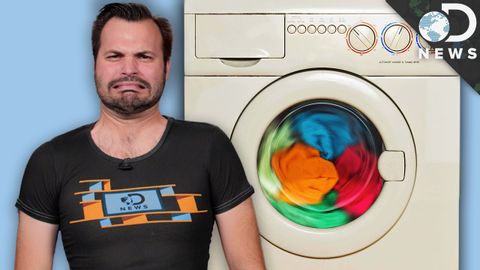
Subtitles & vocabulary
Why Do Clothes Shrink When You Wash Them?
00
李宣億 posted on 2016/07/04Save
Video vocabulary
process
US /ˈprɑsˌɛs, ˈproˌsɛs/
・
UK /prə'ses/
- Transitive Verb
- To organize and use data in a computer
- To deal with official forms in the way required
- Noun (Countable/Uncountable)
- Dealing with official forms in the way required
- Set of changes that occur slowly and naturally
A2TOEIC
More science
US /ˈsaɪəns/
・
UK /'saɪəns/
- Uncountable Noun
- Study of the physical world, based on facts
A2TOEIC
More natural
US /ˈnætʃərəl, ˈnætʃrəl/
・
UK /ˈnætʃərəl/
- Adjective
- Being as one would expect; being usual or normal
- Not made by humans; without human intervention
- Noun
- A musical note that is neither sharp nor flat.
- A person with an innate ability or talent.
A1
More journal
US /ˈdʒɚnəl/
・
UK /ˈdʒə:nl/
- Noun (Countable/Uncountable)
- A diary; record of what you do every day
- Magazine of academic papers
B1TOEIC
More Use Energy
Unlock All Vocabulary
Unlock pronunciation, explanations, and filters
